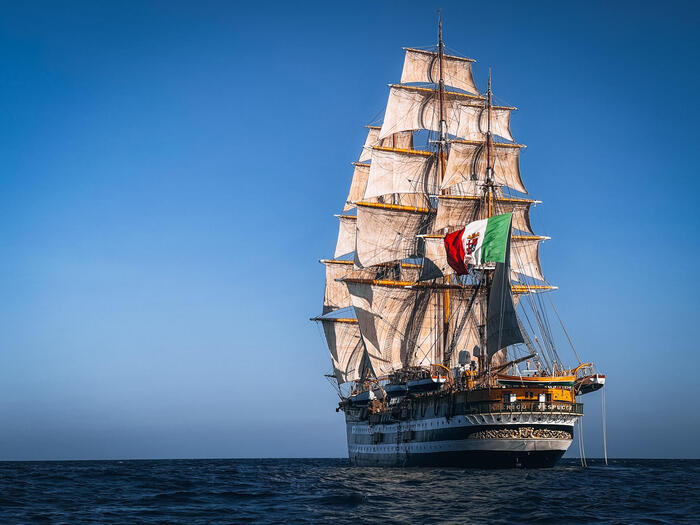Games of currents that carry tons of plastic offshore every day, until they are channeled into ocean vortices, where plastic islands are formed, such as the gigantic one found in the North Pacific, the Great Pacific Garbage Patch.
It was an unprecedented journey, that of microplastics in the oceans, up to the reconstruction made thanks to the statistical model developed between the United States and Germany and published in the magazine Chaos.
The model, the first to describe the likelihood of plastic debris being transported from one area of the oceans to another, now offers a sort of map for organizing 'clean-up' or preventive operations.
It was developed thanks to research coordinated by the expert in physics of fluids Philippe Miron, of the University of Miami, and conducted in collaboration with Francisco Beron-Vera, of the department of Atmospheric Sciences of the same university, and the mathematicians of the 'University of Berlin Luzie Helfmann and Peter Koltai.
Reconstruction of the main currents that drag plastic dispersed into the oceans (source: Philippe Miron, Francisco Beron-Vera, Luzie Helfmann, and Peter Koltai)
Based on historical data relating to the trajectory of the buoys, the model describes the probability that the microplastics are transported from a precise point on the coast to an ocean zone where there are favorable conditions for them to aggregate.
The model, Miron observes, has made it possible, for example, to identify "a transition channel that connects the Great Pacific Garbage Patch with the coasts of East Asia": a finding that suggests that there is "an important source of pollution on those coasts. from plastic ".
The model finally confirmed that the Indian Ocean vortex behaves like a real "trap" for plastic waste.
Important deposits are in fact found in the Bay of Bengal.
In the Atlantic, however, plastics are easily captured in the Gulf of Guinea.
The model indicates that ocean vortices are only weakly connected to each other, or completely independent, to the point that "in the case of extraordinarily intense winds, a subtropical vortex is more likely to export waste to the coasts than to another vortex", Miron said.
Finally, among the main results of the model is the fact that, "while the subtropical vortex of the North Pacific attracts most of the debris, in line - observed the researcher - with the previous evaluations, the South Pacific vortex is the most lasting since the plastics trapped in the vortex are very difficult to escape ".



/cloudfront-eu-central-1.images.arcpublishing.com/prisa/NIFZFFYBFVAU5FVWDHC43ESC5M.jpeg)








